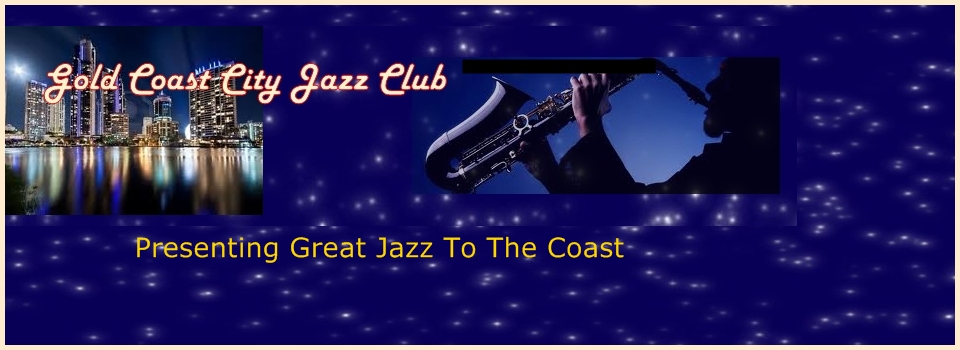A tribute to the brilliant trumpeter
Trumpeter Freddie Hubbard was born April 7, 1938 in Indianapolis, Indiana.
Hubbard played trumpet in his high school band in Indianapolis and he worked locally with the Montgomery Brothers, making his recording debut in 1957.
After moving to New York in 1958, Hubbard worked with Philly Joe Jones, Slide Hampton, J.J. Johnson and Quincy Jones and recorded with John Coltrane before being signed to the Blue Note label in 1960.
A major trumpeter by the early 1960s, Hubbard worked with such major artists as Coltrane, Eric Dolphy, Ornette Coleman (with whom he recorded Free Jazz), Sonny Rollins and, most importantly, Art Blakey’s Jazz Messengers (1961-66).
Considered with Lee Morgan, Miles Davis and Dizzy Gillespie to be the top jazz trumpeter of the 1960s, Hubbard recorded a steady string of rewarding recordings including Red Clay, Straight Life and First Light for CTI in the early 1970s.
While his later recordings for Columbia were sometimes commercial or routine, caught live, Hubbard had few peers in the 1970s and ‘80s.
A serious lip injury caused him to rapidly decline in the early 1990s and, although he continued playing on an irregular basis, his prime years were over.
But at his best, Freddie Hubbard was one of the greatest trumpeters of all time.
This performance from 1990 has Hubbard in blazing form on “Cherokee” with a group also including tenor-saxophonist Don Braden and pianist Benny Green.
At Jazzfest Berlin on November 2, 1985, trumpeter Freddie Hubbard and his quintet (with altoist Kenny Garrett, pianist Mark Templeton, bassist Ira Coleman and drummer Carl Allen) welcomed two rather special guests on “I Remember April”: Dizzy Gillespie and Woody Shaw.
Dizzy Gillespie, who was 68 at the time, brings the song in, playing muted but hot in his own way.
Garrett follows, building up his solo well, and then Freddie Hubbard on flugelhorn plays some adventurous ideas; it is fun to watch Dizzy reacting to his playing. Woody Shaw makes a creative statement of his own, pianist Templeton gets half a chorus and then Dizzy leads the ensemble, taking the song out.
The playing is relaxed and friendly but one can imagine that Hubbard and Shaw, knowing that Dizzy was listening closely, were doing their best to play tastefully while displaying some fresh ideas of their own.

Speak Your Mind